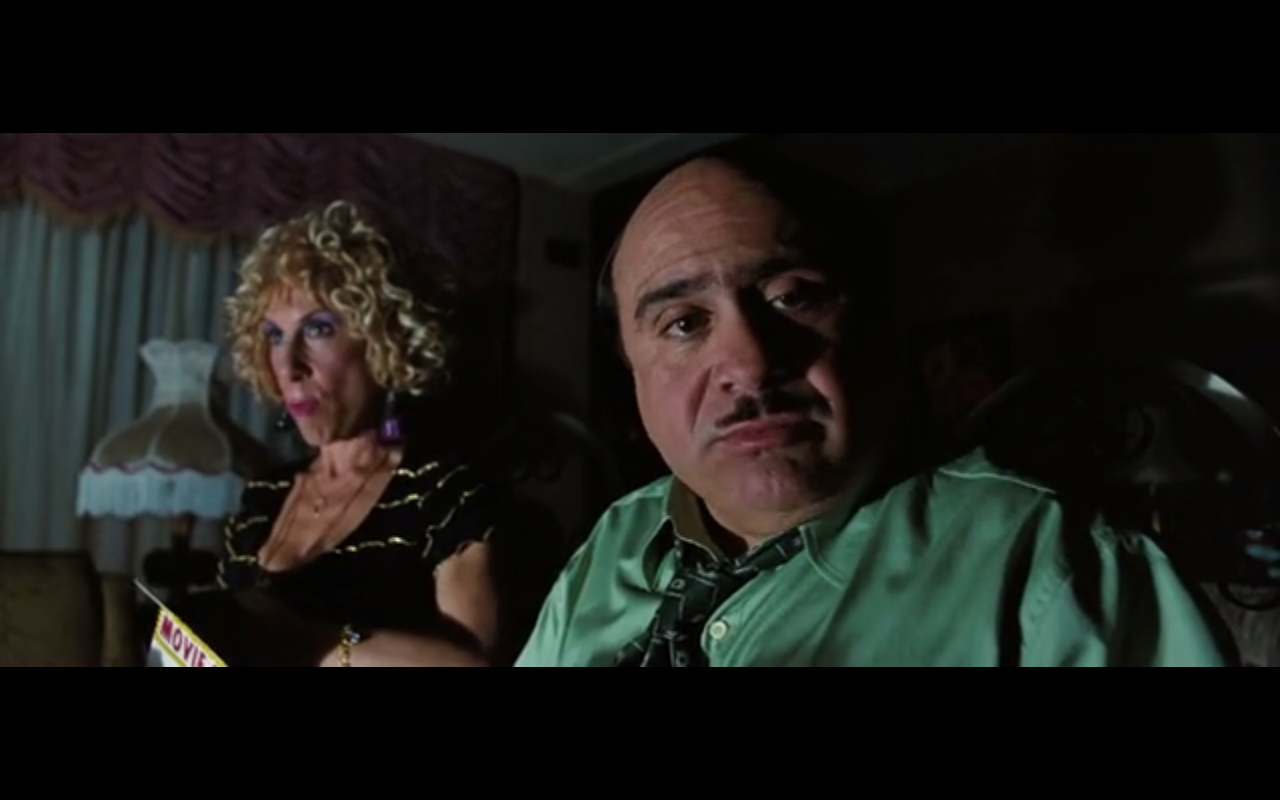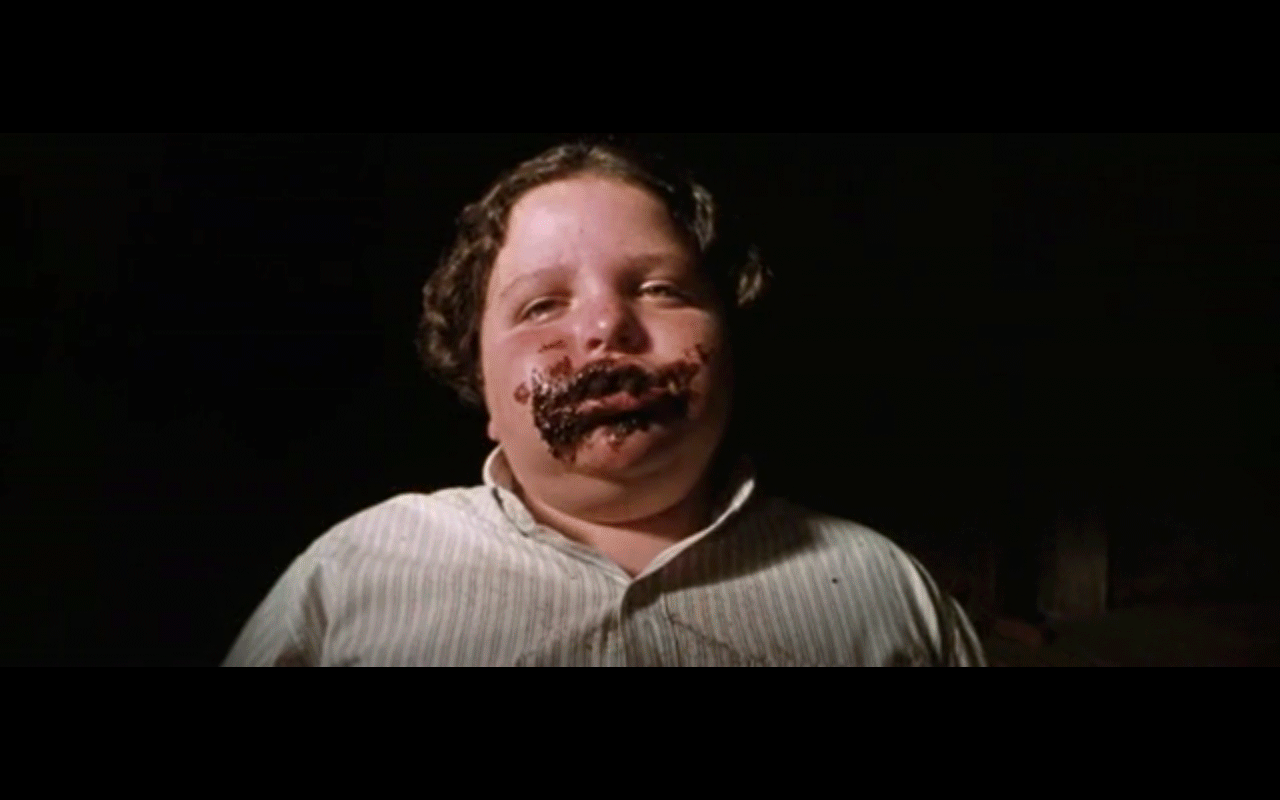Firstly we need to look for sudden changes of light in a scene, and how are the changes justified or motivated.
Afterwards we need to look for use in colour to represent
- change of atmosphere,
- emotion of a character
- general mood or atmosphere or
- a range of feelings, emotions and atmospheres.
To make things easy, I chose Matilda, which being based on a Roald Dahl novel, and targeted for all publics, seemed like a good movie to find colour and light use... and I was right.
Avoiding continuity problems
If the light changes within the scene, the spectator should know the reason of the change, otherwise it can be perceived as an error.
Some of examples in Matilda:
Day comes through the window
Matilda tampers with the connection line of the school director's house
In the first and third ones we can see the reason of the light change and the light source.
In the second image we don't see the source of the image (the window or the sun) but all is understood from the context.
Colour
In Matilda, colour is also used to infer mood and atmosphere, as can be seen in the images below:
Dark colours, yellowish lights to show the bad tempered adults (though the parents of Matilda, who care little about her, are usually depicted in bright colours and tacky spaces, in situations where the mood of the scene requires it, the light is low and dark):
In the scene below the director of the school is punishing a pupil to eat a whole cake. The colours are dark, almost black in the whole scene, with a pitch dark background, and the only note of colour is from the students, who show hope as they'll begin to cheer the poor kid. He'll finally finish the cake, triumphant.
Happiness is always shown with a mix of pastel colours and well lit scenes.










No comments:
Post a Comment